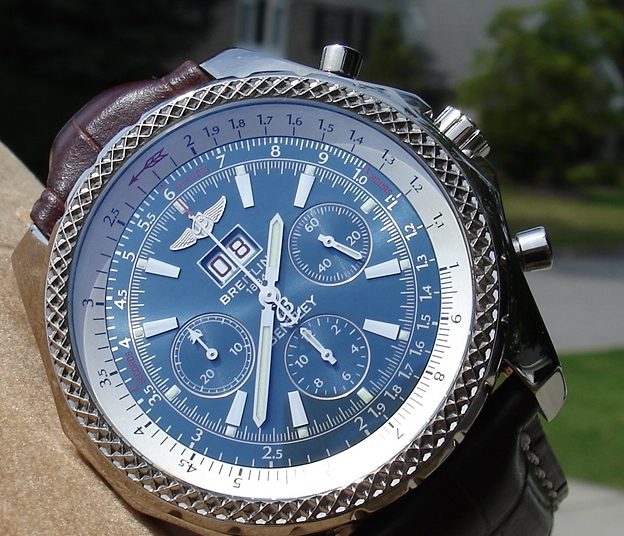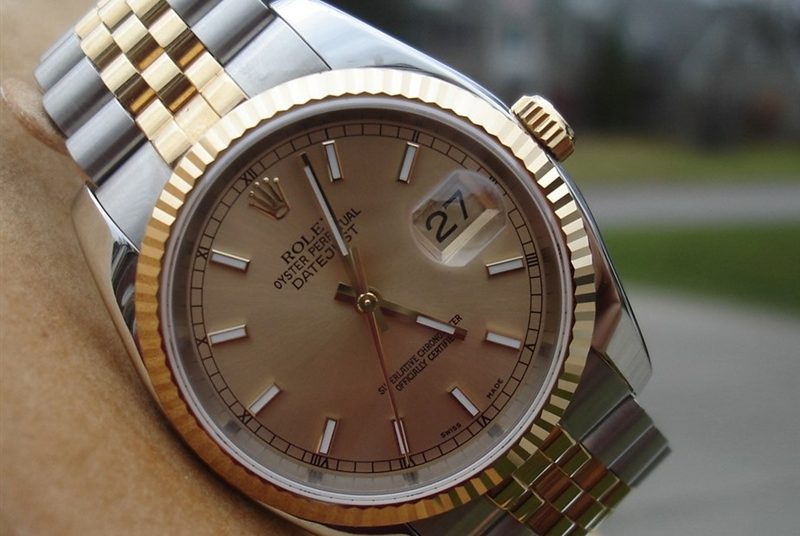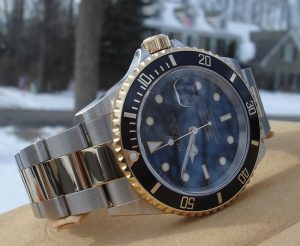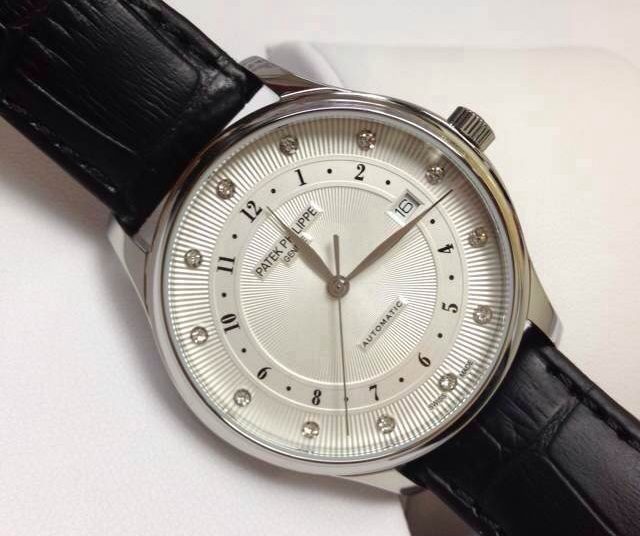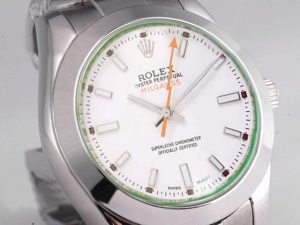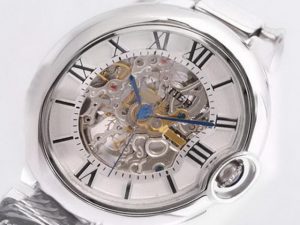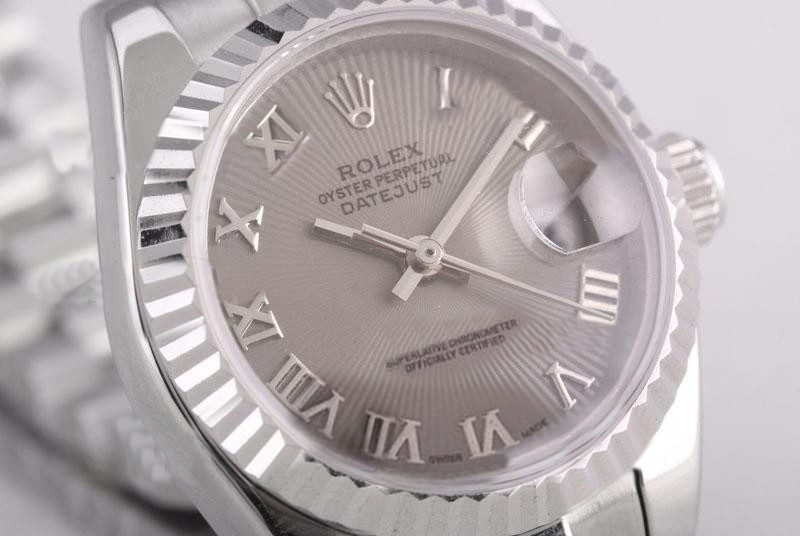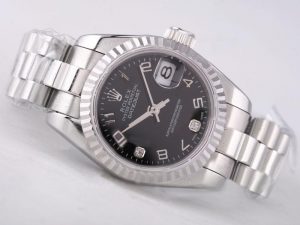Do you care who designed your replica watch?
It seems that the one who designed a watch has become a hotter topic than who made it. You may guess it’s a ridiculous idea when the most sought-after replica watches are still those made by individual watchmakers, whether working under their own names or for larger brands – the more sophisticated watches from the top Maisons are almost always made by a single watchmaker. 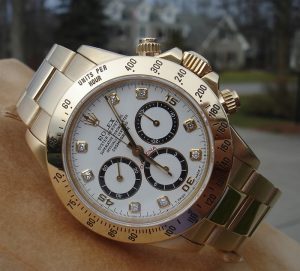
However, two forces at play change the pictures. For most watches, the first is that more of the actual watchmaking than ever before is manufactured by machine, a direction of travel that improving technology and a tougher business environment is propelling more surely than ever. The result is that the difference between one watch and another is owed more to the engineering design than the skill of the watchmakers doing the assembly – it’s who designed the system that made the watch rather than who made it.
Since 1946, the company had been exploring a new electronic movement and wanted the watch to have a suitably futuristic design when it was finally ready in 1957 it turned to Richard Arbib, an industrial designer with good fame for ideas that captured the space-age zeitgeist. The result was the Ventura, a totally different watch, though its fame owes as much to Elvis Presley wearing one as its futuristic lines.
The second is that the replica watch industry’s traditional approach to design is simply out of date. In a design-literate world in which we know who designed everything from our chairs to our shirts, to accept that our watches simply come from this brand or that Maison no longer makes sense. The watch industry takes its own good time to adjust, but the design is now part of the conversation in ways that would have been unthinkable in earlier decades.
Effectively, unsigned for the next decade’s most famous cheap watches, it was a jobbing watch designer, Gerald Genta, which would change the terms of engagement with a string of highly recognizable and still sought-after designs for the replica Audemars Piguet, Patek Philippe, and others. And while it was only once collectors started to value his work that his name escaped the industry and he achieved recognition in his own right, it was his reputation in the industry that permitted him with the creative freedom to ensure it was his thought that saw the light of day. 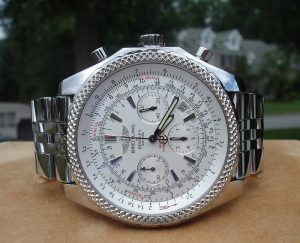
Therefore, should you now care more about the designer than the watchmaker or the brand? On occasion, yes, but it isn’t a binary question. Design matters, even in the most horological of spheres – Vacheron Constantin’s 57260, the most complicated watch ever made, certainly tested the watchmakers and engineers, but Vacheron was right to emphasize the achievement of the Maison’s design team in making visual sense of such a dense package of indications and dials.
